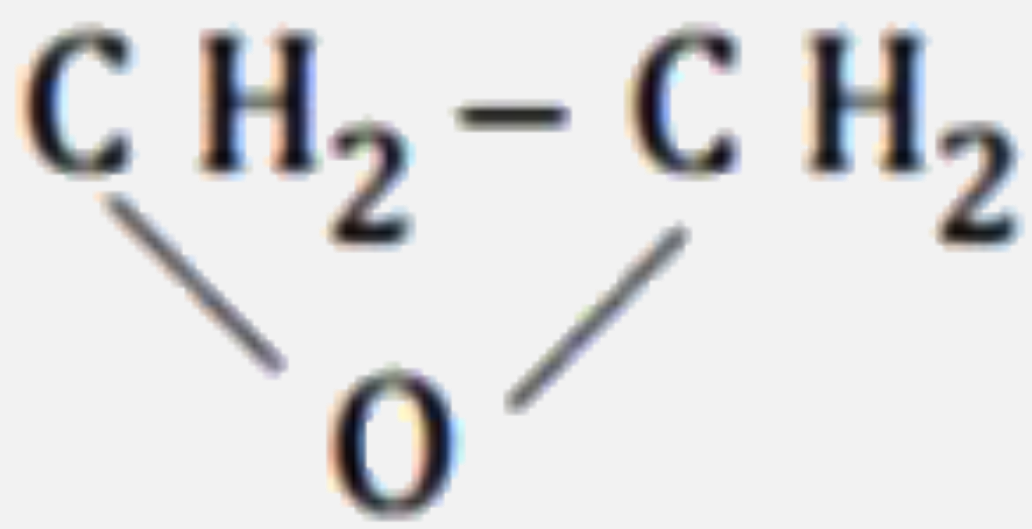Overlapping of 2 hybrid orbitals can lead to the formation of :
π-bond
σ-bond
ionic bond
None
The correct Answer is:B
To solve the question "Overlapping of 2 hybrid orbitals can lead to the formation of:", we need to understand the concept of hybrid orbitals and how they interact to form bonds.
1. Understanding Hybrid Orbitals:
Hybrid orbitals are formed by the mixing of atomic orbitals (s, p, d) to create new orbitals that are degenerate (of the same energy). These hybrid orbitals are used in the formation of covalent bonds.
Hint: Remember that hybridization involves the combination of different types of atomic orbitals.
2. Types of Bonds:
In covalent bonding, there are two main types of bonds: sigma (σ) bonds and pi (π) bonds. Sigma bonds are formed by the head-on overlapping of orbitals, while pi bonds are formed by the side-to-side overlapping of orbitals.
Hint: Recall the difference between sigma and pi bonds in terms of their formation.
3. Formation of Sigma Bonds:
When two hybrid orbitals overlap, they can form a sigma bond. This is because the overlapping occurs along the internuclear axis, which allows for maximum overlap and thus a strong bond.
Hint: Sigma bonds are characterized by their axial symmetry along the bond axis.
4. Examples of Sigma Bond Formation:
- SS Overlap: Two s orbitals overlapping (e.g., H2 molecule).
- SP Overlap: One s orbital and one p orbital overlapping (e.g., HF molecule).
- PP Overlap: Two p orbitals overlapping (e.g., F2 molecule).
Hint: Think of specific molecular examples where these overlaps occur.
5. Conclusion:
Since the question specifically asks about the overlapping of two hybrid orbitals, we conclude that this overlapping leads to the formation of a sigma bond.
Final Answer: Overlapping of 2 hybrid orbitals can lead to the formation of a sigma bond.
Hybrid orbitals are formed by the mixing of atomic orbitals (s, p, d) to create new orbitals that are degenerate (of the same energy). These hybrid orbitals are used in the formation of covalent bonds.
In covalent bonding, there are two main types of bonds: sigma (σ) bonds and pi (π) bonds. Sigma bonds are formed by the head-on overlapping of orbitals, while pi bonds are formed by the side-to-side overlapping of orbitals.
When two hybrid orbitals overlap, they can form a sigma bond. This is because the overlapping occurs along the internuclear axis, which allows for maximum overlap and thus a strong bond.
- SS Overlap: Two s orbitals overlapping (e.g., H2 molecule).
- SP Overlap: One s orbital and one p orbital overlapping (e.g., HF molecule).
- PP Overlap: Two p orbitals overlapping (e.g., F2 molecule).
Since the question specifically asks about the overlapping of two hybrid orbitals, we conclude that this overlapping leads to the formation of a sigma bond.
Similar Questions
Knowledge Check
The reaction of
 with RMgX, leads to the formation of : ARCHOHRBRCHOHCH3CR2CHCH2OHDRCH2CH2OH
with RMgX, leads to the formation of : ARCHOHRBRCHOHCH3CR2CHCH2OHDRCH2CH2OH
Number of sp2 hybrid orbitals in Benzene is
View SolutionNumber of sp2 hybrid orbitals in Benzene is
View SolutionReaction of
 with RMgX lead to formation of
with RMgX lead to formation of
View SolutionHydration of which of the given compounds leads to the formation of 2-methylpropan-2-ol?
View SolutionReaction of with RMgX leads to formation of

View SolutionHow many hybrid orbitals are used for bond formation in SF4 ?
View SolutionA covalent bond will be formed by the overlapping of atomic orbitals having single electron of opposite spin, according to the overlapping of atomic orbitals the covalent bond may be of two types :
(i) Sigma bond (σ) (ii) Pi bond (π)
Sigma bond is stronger bond than the Pi-bond. If atomic orbitals overlap about the nuclear axis then sigma bond is formed but when atomic orbitals overlap sideway then Pi-bond is formed.
The strength of bonds formed by 2s-2s,2p-2p and 2p-2s overlap has the order :
View Solution
